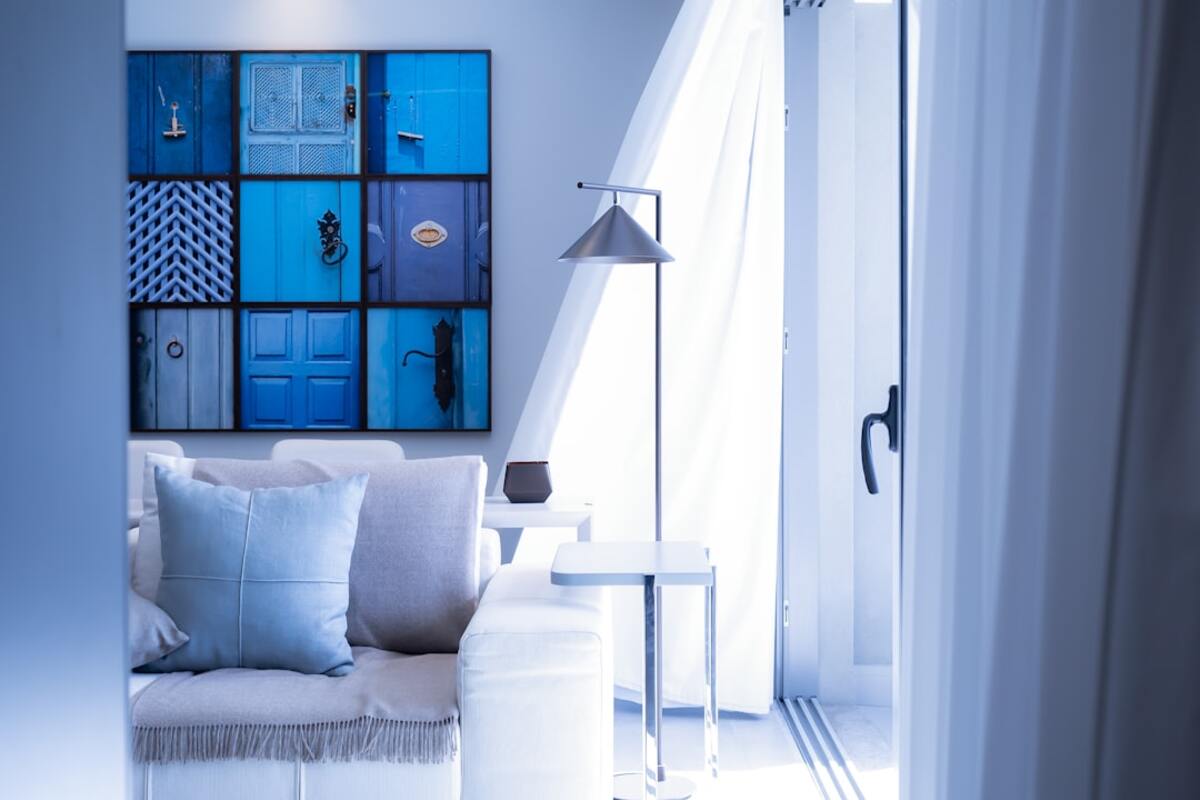Mindful Homes: Cultivating Serenity in Everyday Living
Transform your living space into a sanctuary of peace and tranquility with mindful living techniques that enhance well-being.

- Mindful home design can significantly improve mental health and well-being.
- Incorporating mindfulness into your home involves simplicity, purpose, and intentionality.
- Practical tips include decluttering, using natural elements, and creating personal zen spaces.
Introduction to Mindful Living
Mindful living extends beyond meditation and yoga; it encompasses every aspect of our daily lives, including the spaces we inhabit. The concept of a mindful home focuses on creating an environment that nurtures peace and enhances mental well-being. By integrating mindfulness into our homes, we can transform them into sanctuaries that promote relaxation and enhance our quality of life.
Designing a Mindful Space
A mindful home is characterized by simplicity, purpose, and intentionality. It emphasizes the importance of reducing clutter and incorporating elements that foster a sense of calm. One of the primary steps in creating a mindful home is decluttering. Removing unnecessary items not only frees up physical space but also clears mental space, allowing for a more peaceful and focused environment.
The choice of colors plays a significant role in influencing mood and energy levels. Soft, neutral tones are often preferred in mindful homes as they evoke feelings of calm and serenity. Additionally, incorporating natural elements such as plants, wood, and stone can bring a piece of the outdoors inside, promoting a sense of connection with nature.
Creating Personal Zen Spaces
Another essential aspect of a mindful home is the creation of personal zen spaces. These are dedicated areas within the home reserved for relaxation, reflection, and rejuvenation. Whether it's a cozy reading nook, a meditation corner, or a small garden on the balcony, these spaces serve as retreats from the hustle and bustle of daily life.
Lighting also plays a crucial role in creating a mindful atmosphere. Natural lighting is ideal, as it not only enhances mood but also aligns with the body's natural circadian rhythms. In areas where natural lighting is limited, the use of soft, warm artificial lights can mimic the effects of sunlight, creating a comforting ambiance.
Incorporating mindfulness into your home doesn't have to be an overwhelming process. Start small by introducing a few changes that align with your lifestyle and gradually build upon them. Remember, the goal is to create a space that reflects your values, supports your well-being, and brings joy and tranquility into your everyday life.
Here is a simple table that outlines the key components of a mindful home:
| Component | Description |
|---|---|
| Decluttering | Removing unnecessary items to create a peaceful environment. |
| Natural Elements | Incorporating plants, wood, and stones to enhance connection with nature. |
| Personal Zen Spaces | Creating dedicated areas for relaxation and reflection. |
| Lighting | Using natural and warm artificial light to create a serene atmosphere. |
| Color Palette | Choosing soft, neutral tones to promote calmness. |
In conclusion, a mindful home is more than just an aesthetic choice; it is a lifestyle that encourages us to live with intention and awareness. By embracing the principles of mindfulness in our living spaces, we can create a home that not only looks beautiful but also nourishes our mind, body, and soul.
